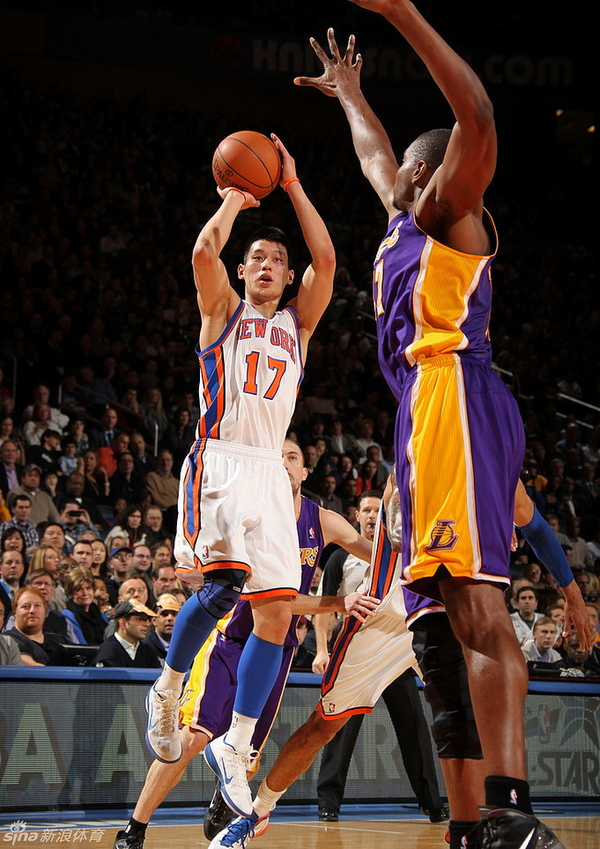Jeremy Lin's Stats Prove He Isn't a Fluke

Jeremy Lin's remarkable level of play over the last few weeks has prompted as much head-scratching as celebration. After all, it seems unbelievable that a 6-foot-3-inch, undrafted Ivy Leaguer went from a benchwarmer to an elite point guard for the New York Knicks overnight. Some pundits have pointed to the small sample size, still only seven games, to argue that Lin's performance has been a fluke. Those who caution against judging a player's skill on a week's worth of basketball have a point, but statisticians also note that Lin has produced enough data to prove his comes more from talent than random chance.
And when statisticians crunch the numbers, they find that Lin's record-setting debut is indicative of elite skill, and not just a fluke.
So far, Lin has contributed in two main statistical categories: points and assists. Of the two, his average of 20-plus points per game seems most likely to decline, according to Michael Chernick, the director of Biostatistical Services at Lankenau Institute for Medical Research, and a contributor to the Journal of Quantitative Analysis in Sports. Chernick said statistics such as field goal percentage require a larger sample to accurately reflect a player's true abilities. The assists, on the other hand, are actually likely to increase, now that Knicks stars Carmelo Anthony and Amare Stoudemire have returned to the rotation.
"You can look at this in a variety of different ways, and they all say 'amazing,'" Chernick told Life's Little Mysteries.
In general, Chernick noted that bouts of all-star performance during stretches within a single game – such as a player "getting hot" – tend to reflect randomness, whereas performance across multiple games requires actual skill.
"You see a lot of games where a team will go on a spurt, and a player will hit three or four three pointers in a row, the example that comes to mind is Reggie Miller against the Knicks. And that's where it's more borderline about whether or not it's all skill or partly chance," Chernick said. "I think yes, seven games is a large enough sample size to rule out chance. The fact that he performed at this level for seven games in a row means something. But for other statistics, you need more games, since seven is not a lot." [5 Seriously Mind-Boggling Math Facts ]
To put Lin's accomplishment in perspective, Chernick calculated the probability of any player producing 20 points and 10 assists over seven games. If one takes the reasonable assumption that any player has a 20 percent chance of putting up those numbers, then the chance of that player doing it seven times in a row comes out to about 1 in 1,000. However, considering that only 14 of the NBA's 443 players average 20 points or more per game, and because the league average in points per game per player is around seven, the real chance of an average player randomly putting together seven games like Lin is probably closer to 7 in 10 trillion, Chernick said.
Get the world’s most fascinating discoveries delivered straight to your inbox.
So, that effectively rules out that this dazzling stretch of play is sheer random chance. But it doesn't mean Lin will continue performing at this level for the rest of his career, or even the rest of the season.
"I would expect his numbers at the end of the year to be good, but I would expect his points to go down," Chernick said. "But his assists could go up or down. The league could get used to his style of play, the makeup of the team is going to change when big scorers like Anthony and Stoudemire come back. That could help his assist total though," Chernick said. "A lot of the arguments are nonstatistical, and have to do with the intricacies of the game itself, like how defenses adjust. But the fact that he's done what he's done shows he's actually a good player."
Luckily for long-suffering Knicks fans, it seems all the statistics indicate that the "Linsanity" will continue for a while longer.
This story was provided by Life's Little Mysteries, a sister site to LiveScience.


